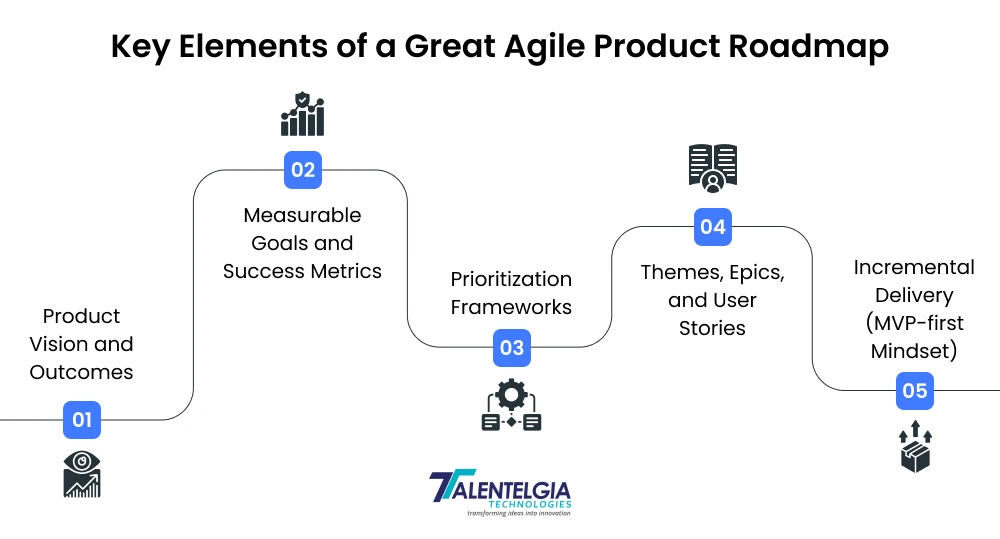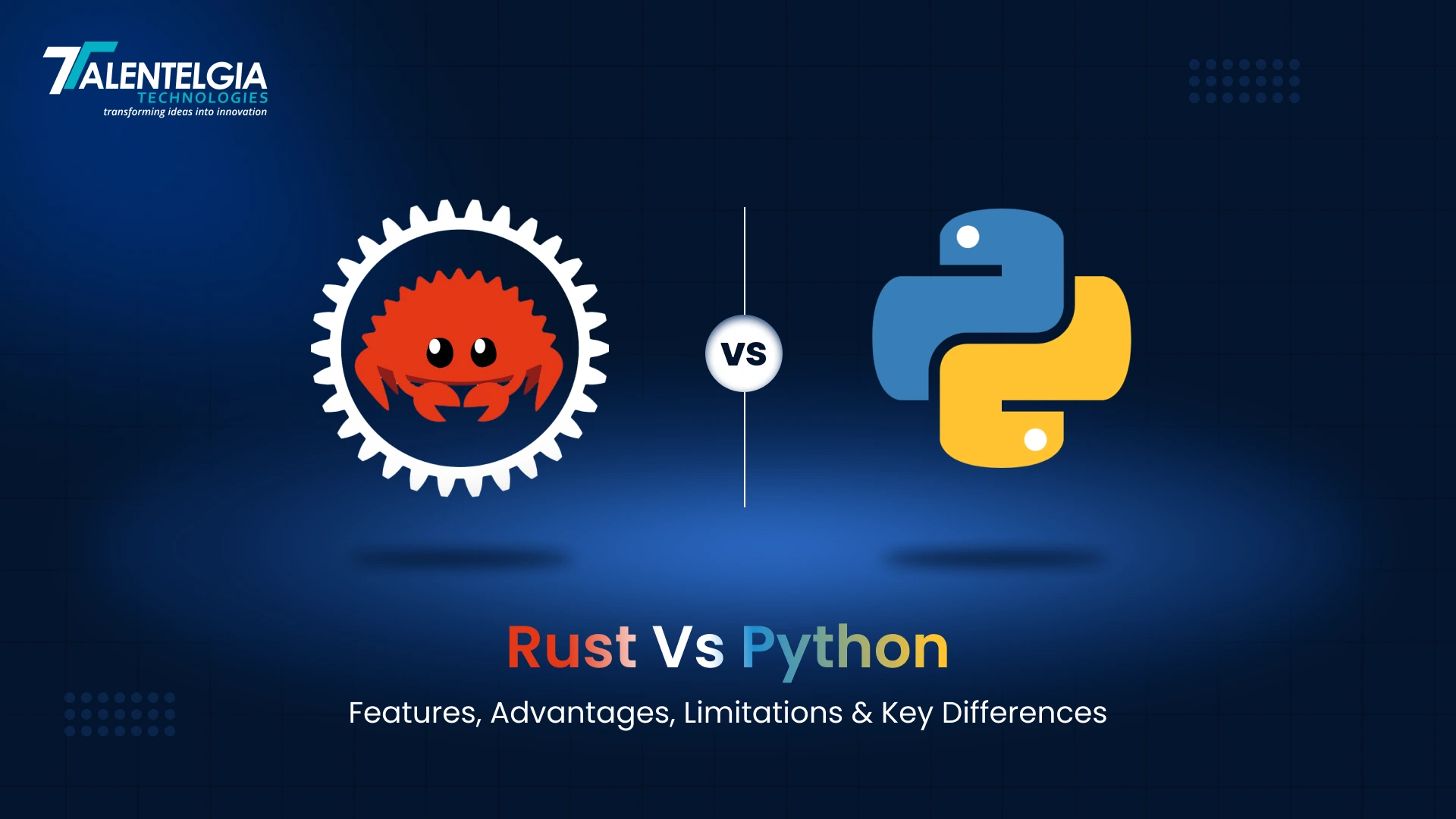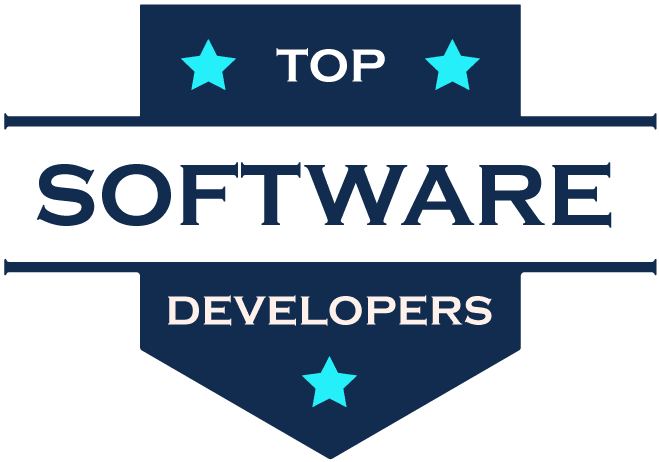Planning a great product roadmap is one of the most fundamental practices for high-performing agile teams. In today’s rapidly growing digital landscape, achieving clarity, alignment, and adaptability can mean the difference between product success and failure. Agile product roadmaps not only visualize the direction of your product but also serve as living documents constantly evolving with market shifts, stakeholder feedback, and real customer insights.
In this blog, we will dive deep into the anatomy of a standout agile roadmap, packed with best practices, examples, templates, and actionable tips to empower your software development product management strategy for 2025 and beyond.
What is a Product Roadmap in Agile?
A product roadmap is a strategic document that charts out a product’s vision, goals, key deliverables, and timeline of development over time. In an agile environment, the roadmap is more of a flexible guide than a rigid calendar. It gives a sense of direction while allowing for changes and feedback to always be incorporated iteratively. While a waterfall roadmap will lock down features and specifications months before release, an agile product roadmap prioritizes expectations and goals, never deadlines.
Read More: Agile & Scrum In Software Development
Key Elements of a Great Agile Product Roadmap
What separates a “good-enough” roadmap from a truly great one? Here are the essential components that make a great product roadmap in agile teams and future-proof:

1. Product Vision and Outcomes
Before planning a great agile product roadmap, we should start with a vision that answers this question: “Why are we building this?” Clear vision ensures everyone works towards shared business goals and customer needs.
- Always state the intended user value and overarching objectives.
- Avoid listing low-level tasks; focus on outcomes.
2. Measurable Goals and Success Metrics
Success Metrics should clearly go with keeping SMART (Specific, Measurable, Achievable, Relevant, Time-Bound) in reference. Define KPIs up front (e.g., “Increase active users by 20%,” “Reduce churn by 10%”).
- Tie each goal to business impact.
- Key results must be trackable.
3. Prioritization Frameworks
We should prioritize some of the frameworks that can help us with a Product roadmap in agile. Successful agile teams avoid endless debates by using robust prioritization models, such as:
- MoSCoW (Must have, Should have, Could have, Won’t have)
- RICE (Reach, Impact, Confidence, Effort)
- Value vs. Effort matrix
4. Themes, Epics, and User Stories
Rather than cataloging every feature separately, we should move further with our initiatives into:
- Themes: High-level focus areas (e.g., “User Onboarding”)
- Epics: Large bodies of work supporting themes (e.g., “New User Registration Flow”)
- User Stories: Individual, testable requirements from an end-user viewpoint.
5. Incremental Delivery (MVP-first Mindset)
Roadmaps should guide teams to deliver minimum viable products quickly, gather feedback, and iterate.
- Show timelines only for the next one or two sprints.
- Leave room for learning and adapting based on results.
Also Read: What Is the Average Cost of Software Development ?
Best Practices for Building Agile Product Roadmaps

1. Align with Product Vision and Strategy
Every roadmap should start with one simple question: Why are we building this?
Your roadmap isn’t just a list of cool features — it’s the story of where your product is headed and why it matters. Every single item should connect back to your bigger business goals. If something doesn’t fit that direction, be brave enough to remove it.
A great trick is to use the “so what?” test. For every item on your roadmap, ask: So what does this do for our users? So what impact will it have on the business? If you can’t answer clearly, it’s probably not a priority.
And don’t let your vision collect dust. Revisit it often. As markets shift and users evolve, your product’s purpose might need some fine-tuning. Keeping your vision fresh ensures your roadmap always feels relevant and alive.
2. Collaborate and Co-create
A strong roadmap doesn’t come from one person sitting in a corner. It’s built through collaboration — a mix of voices, ideas, and even disagreements.
Bring everyone into the conversation — designers, developers, marketers, salespeople, and customer support. Each team sees the product from a different angle and can point out things you might miss.
Set up regular roadmap sessions where people can share updates, challenge assumptions, and suggest new ideas. It’s not about agreeing on everything — it’s about co-creating something that reflects what the entire company stands for.
When people are involved in shaping the roadmap, they feel ownership. And when they feel ownership, they’ll fight harder to make it successful.
3. Embrace Iteration (Agile Planning Principles)
A roadmap should breathe — it should grow, evolve, and change with time. The most successful teams don’t treat their roadmaps like sacred documents; they treat them like living blueprints that evolve as they learn.
After each sprint or major release, pause for a moment. Look at what worked, what didn’t, and what surprised you. Then adjust.
Let your data guide you — user research, analytics, and customer feedback all help you stay in tune with reality. Agile roadmapping isn’t about having all the answers; it’s about constantly learning and improving along the way.
4. Transparency and Communication
When it comes to roadmaps, transparency is everything. Share it widely — with your team, your stakeholders, even your customers if possible.
A good roadmap is more than a document; it’s a communication tool. Use simple visuals like Kanban boards or Gantt charts to show progress and priorities. Keep them clean, easy to understand, and not overloaded with jargon.
And whenever something changes, explain why. A short note about why a feature got delayed or why priorities shifted can save tons of confusion. It builds trust — people appreciate honesty, even when the news isn’t perfect.
5. Leverage Agile Tools for Roadmapping
Today’s agile tools make roadmapping so much easier — and more fun. You don’t need spreadsheets or long emails anymore.
Use Jira to track sprints and backlog items, Trello to visualize workflows, or dedicated tools like ProductPlan, Aha!, and Roadmunk for more dynamic roadmap creation. These tools help teams see progress in real-time, collaborate easily, and stay flexible when plans need to change.
The key is to pick tools that fit your team’s style. The best tool is the one everyone actually enjoys using.
6. Regular Measurement and Course Correction
A roadmap isn’t just about planning; it’s about learning from the journey. Set aside time every month or quarter to reflect — how are we doing against our goals? What’s working beautifully? What’s falling flat?
When you spot something that’s off-track, don’t panic — just adjust. That’s the beauty of agile planning. Celebrate small wins along the way, too; they keep your team motivated and remind everyone how far you’ve come.
The goal isn’t perfection — it’s progress. A good roadmap helps you steer in the right direction, even when the route changes.
7. Documentation and Living Roadmaps
Nobody likes outdated documents collecting digital dust. Keep your roadmap alive and relevant.
That doesn’t mean over-documenting every tiny change — it means keeping things current enough that anyone can jump in and instantly understand what’s happening and why.
Think of your roadmap as a living, breathing guide. It grows as your team grows. It changes as your product changes. And when you maintain it regularly, it becomes one of your most powerful tools for alignment and clarity.
Common Roadmap Templates for Agile Teams
Having a clear template provides structure and clarity and makes your roadmap easily understood by everyone involved. Here are some great product roadmaps for Agile Teams:
A. “Now, Next, Later” Roadmap
- Now: Current sprint or active projects.
- Next: Upcoming priorities for the next sprint or quarter.
- Later: Strategic initiatives, unscoped or under consideration.
The simplicity of the now, next, later roadmap keeps teams focused, yet flexible.
B. Goal-Oriented (OKR-Based) Roadmap
- Organize initiatives based on Objectives and Key Results.
- Ties every feature or improvement to measurable business value.
C. Feature-Category Roadmap
- Group features by categories (e.g., “Mobile,” “Web,” “Integration”).
- Good for larger products targeting multiple platforms.
D. Multi-Team or Portfolio Roadmap
- Tracks progress across multiple agile teams.
- Ideal for companies with large, complex product lines.
Real-World Examples and Case Studies
Looking at how top organizations implement agile product roadmaps offers inspiration and practical takeaways:. Let’s know about some real-world examples and case studies mentioned below:
Example 1: Spotify’s Thematic Roadmaps
Spotify’s agile squads use “Spotify Themes”—broad focus areas such as “Personalization” or “Podcast Growth.” Within each theme, squads build epics and stories aligned with measurable outcomes. Regular “Squad Reviews” ensure collective prioritization and adaptation.
Key takeaways:
- Prioritize transparency; everyone can see the evolving roadmap.
- Place outcome-based metrics above feature deadlines.
Example 2: Atlassian’s Public Roadmap
Atlassian, maker of Jira and Trello, publishes its public-facing product roadmaps—clearly showing “coming soon,” “in progress,” and “shipped” features. Users can vote and comment, allowing direct feedback to inform prioritization.
Key takeaways:
- Open access increases trust and accountability.
- Crowdsourcing feedback leads to customer-driven innovation.
Example 3: SaaS Startup with the “Now, Next, Later” Roadmap
A B2B SaaS startup saw a dramatic productivity spike after switching from a waterfall-style delivery to a “Now, Next, Later” roadmap. Cross-functional alignment improved, and stakeholder meetings became more focused and actionable.
- Measurable result: Successful MVP launch three months ahead of schedule after focusing on iterative delivery and reducing feature bloat.
Challenges and Solutions in Agile Roadmapping
Despite its benefits, agile roadmapping is not without pitfalls. Here’s how to overcome the most common ones:
1. Handling Changing Priorities
Problem: Stakeholders frequently revisit or change priorities, disrupting team focus.
Solution: Schedule regular (monthly or sprint) roadmap reviews. Use prioritization frameworks to justify decisions and minimize knee-jerk changes.
2. Overcoming Siloed Communication
Problem: Development, design, and business teams don’t always have access to the same information, leading to misalignment.
Solution: Make the roadmap available in a shared document or dedicated tool. Set up cross-functional meetings at roadmap checkpoints.
3. Keeping Stakeholders Aligned
Problem: Not all stakeholders agree on vision, goals, or priorities.
Solution: Rely on data and customer insights to anchor decisions. Facilitate transparent discussions and document outcomes to maintain alignment and avoid confusion.
4. Managing Scope Creep
Problem: The roadmap keeps expanding as new requests are added continually.
Solution: Define a clear “parking lot” for new ideas. Regularly review, prioritize, and prune this backlog, focusing on value-first delivery.
Conclusion
Thus, we can say that a great product roadmap in agile teams acts as a north star, a living planning and plotting that balances vision with adaptability, planning with feedback, and business value with user needs. If we focus on outcomes, collaborating across functions, and optimizing with agile tools and techniques, our desired product roadmap becomes a powerful driver of innovation and organizational alignment.
Are you ready to build or improve your agile product roadmap?
Download agile roadmap templates, start tracking with collaborative tools like Jira or ProductPlan, and never stop iterating. Remember, the best roadmaps don’t promise certainty; they empower your team to deliver the right value at the right time, no matter what 2025 brings.


 Healthcare App Development Services
Healthcare App Development Services
 Real Estate Web Development Services
Real Estate Web Development Services
 E-Commerce App Development Services
E-Commerce App Development Services E-Commerce Web Development Services
E-Commerce Web Development Services Blockchain E-commerce Development Company
Blockchain E-commerce Development Company
 Fintech App Development Services
Fintech App Development Services Fintech Web Development
Fintech Web Development Blockchain Fintech Development Company
Blockchain Fintech Development Company
 E-Learning App Development Services
E-Learning App Development Services
 Restaurant App Development Company
Restaurant App Development Company
 Mobile Game Development Company
Mobile Game Development Company
 Travel App Development Company
Travel App Development Company
 Automotive Web Design
Automotive Web Design
 AI Traffic Management System
AI Traffic Management System
 AI Inventory Management Software
AI Inventory Management Software
 AI Software Development
AI Software Development  AI Development Company
AI Development Company  AI App Development Services
AI App Development Services  ChatGPT integration services
ChatGPT integration services  AI Integration Services
AI Integration Services  Generative AI Development Services
Generative AI Development Services  Natural Language Processing Company
Natural Language Processing Company Machine Learning Development
Machine Learning Development  Machine learning consulting services
Machine learning consulting services  Blockchain Development
Blockchain Development  Blockchain Software Development
Blockchain Software Development  Smart Contract Development Company
Smart Contract Development Company  NFT Marketplace Development Services
NFT Marketplace Development Services  Asset Tokenization Company
Asset Tokenization Company DeFi Wallet Development Company
DeFi Wallet Development Company Mobile App Development
Mobile App Development  IOS App Development
IOS App Development  Android App Development
Android App Development  Cross-Platform App Development
Cross-Platform App Development  Augmented Reality (AR) App Development
Augmented Reality (AR) App Development  Virtual Reality (VR) App Development
Virtual Reality (VR) App Development  Web App Development
Web App Development  SaaS App Development
SaaS App Development Flutter
Flutter  React Native
React Native  Swift (IOS)
Swift (IOS)  Kotlin (Android)
Kotlin (Android)  Mean Stack Development
Mean Stack Development  AngularJS Development
AngularJS Development  MongoDB Development
MongoDB Development  Nodejs Development
Nodejs Development  Database Development
Database Development Ruby on Rails Development
Ruby on Rails Development Expressjs Development
Expressjs Development  Full Stack Development
Full Stack Development  Web Development Services
Web Development Services  Laravel Development
Laravel Development  LAMP Development
LAMP Development  Custom PHP Development
Custom PHP Development  .Net Development
.Net Development  User Experience Design Services
User Experience Design Services  User Interface Design Services
User Interface Design Services  Automated Testing
Automated Testing  Manual Testing
Manual Testing  Digital Marketing Services
Digital Marketing Services 
 Ride-Sharing And Taxi Services
Ride-Sharing And Taxi Services Food Delivery Services
Food Delivery Services Grocery Delivery Services
Grocery Delivery Services Transportation And Logistics
Transportation And Logistics Car Wash App
Car Wash App Home Services App
Home Services App ERP Development Services
ERP Development Services CMS Development Services
CMS Development Services LMS Development
LMS Development CRM Development
CRM Development DevOps Development Services
DevOps Development Services AI Business Solutions
AI Business Solutions AI Cloud Solutions
AI Cloud Solutions AI Chatbot Development
AI Chatbot Development API Development
API Development Blockchain Product Development
Blockchain Product Development Cryptocurrency Wallet Development
Cryptocurrency Wallet Development About Talentelgia
About Talentelgia  Our Team
Our Team  Our Culture
Our Culture 
 Healthcare App Development Services
Healthcare App Development Services Real Estate Web Development Services
Real Estate Web Development Services E-Commerce App Development Services
E-Commerce App Development Services E-Commerce Web Development Services
E-Commerce Web Development Services Blockchain E-commerce
Development Company
Blockchain E-commerce
Development Company Fintech App Development Services
Fintech App Development Services Finance Web Development
Finance Web Development Blockchain Fintech
Development Company
Blockchain Fintech
Development Company E-Learning App Development Services
E-Learning App Development Services Restaurant App Development Company
Restaurant App Development Company Mobile Game Development Company
Mobile Game Development Company Travel App Development Company
Travel App Development Company Automotive Web Design
Automotive Web Design AI Traffic Management System
AI Traffic Management System AI Inventory Management Software
AI Inventory Management Software AI Software Development
AI Software Development AI Development Company
AI Development Company ChatGPT integration services
ChatGPT integration services AI Integration Services
AI Integration Services Machine Learning Development
Machine Learning Development Machine learning consulting services
Machine learning consulting services Blockchain Development
Blockchain Development Blockchain Software Development
Blockchain Software Development Smart contract development company
Smart contract development company NFT marketplace development services
NFT marketplace development services IOS App Development
IOS App Development Android App Development
Android App Development Cross-Platform App Development
Cross-Platform App Development Augmented Reality (AR) App
Development
Augmented Reality (AR) App
Development Virtual Reality (VR) App Development
Virtual Reality (VR) App Development Web App Development
Web App Development Flutter
Flutter React
Native
React
Native Swift
(IOS)
Swift
(IOS) Kotlin (Android)
Kotlin (Android) MEAN Stack Development
MEAN Stack Development AngularJS Development
AngularJS Development MongoDB Development
MongoDB Development Nodejs Development
Nodejs Development Database development services
Database development services Ruby on Rails Development services
Ruby on Rails Development services Expressjs Development
Expressjs Development Full Stack Development
Full Stack Development Web Development Services
Web Development Services Laravel Development
Laravel Development LAMP
Development
LAMP
Development Custom PHP Development
Custom PHP Development User Experience Design Services
User Experience Design Services User Interface Design Services
User Interface Design Services Automated Testing
Automated Testing Manual
Testing
Manual
Testing About Talentelgia
About Talentelgia Our Team
Our Team Our Culture
Our Culture

















 Write us on:
Write us on:  Business queries:
Business queries:  HR:
HR: 




